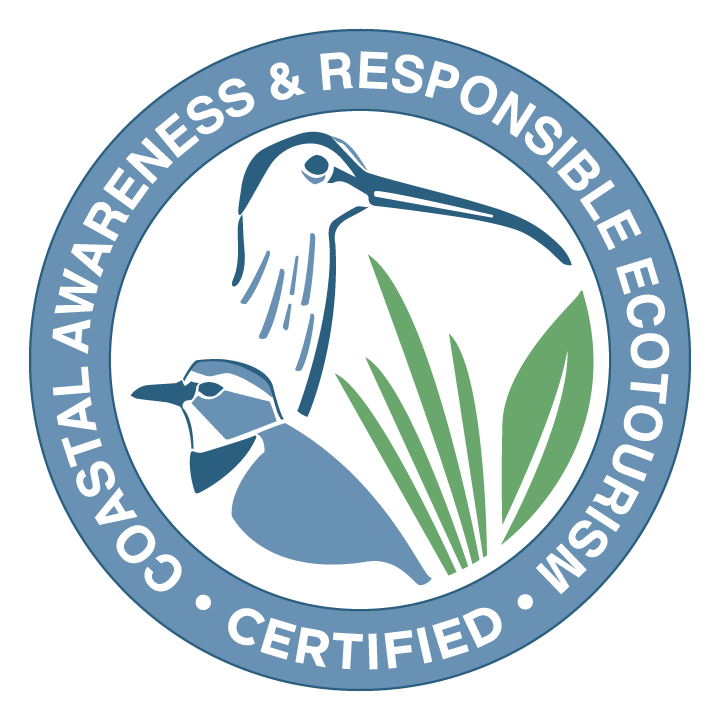Where do zooplankton live?
Plankton can be found in both freshwater and marine environments, such as oceans, lakes and rivers. Phytoplankton occupy the upper 100m-200m of the water column, known as the Photic Zone (Robinson,2019). Here they have access to sunlight allowing them to photosynthesize and live happily. Zooplankton have more freedom and can move up and down the water column. This is called Diel Vertical Migration. Zooplankton are commonly found in the upper levels where they have plenty of phytoplankton to feed on, but also move to the lower, darker layers of the ocean where they can hide from predators and stay safe.

As well as noting sample locations, it is also important to know the sample depth, time of day and other abiotic variables. Recording time of day and depth are vital as zooplankton can move based on whether it is day or night.
We are still learning a lot about the water column, which makes up 95%-99% of the total livable volume on the planet (NOAA), and much is unknown. Understanding which zooplankton hang out at different depths will help scientists discover which populations live where, and research why! The activity below will help you learn what zooplankton hang out where
matching activity- zooplankton + column zone
References
Bing. (n.d.). [Photograph of ocean water column]. Bing Images. https://sl.bing.net/by5ueNtaQuW
National Oceanic and Atmospheric Administration. (n.d.). What is the water column? NOAA Ocean Exploration. https://oceanexplorer.noaa.gov/facts/water-column.html
Robison, B. H. (2019). Enlightening the ocean’s twilight zone. ICES Journal of Marine Science, 76(4), 803–806. https://doi.org/10.1093/icesjms/fsz059
